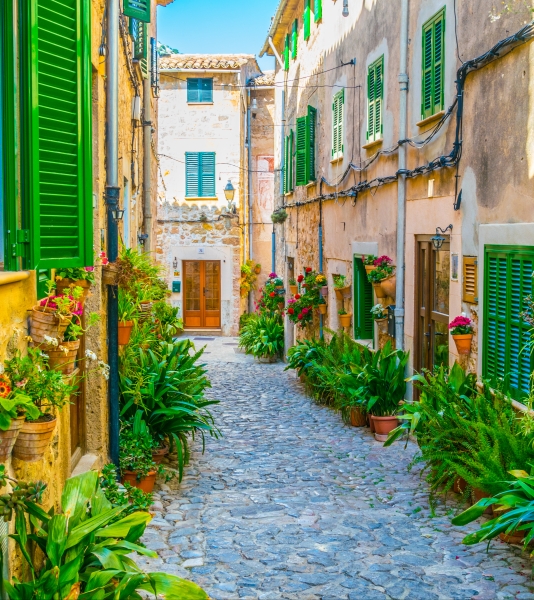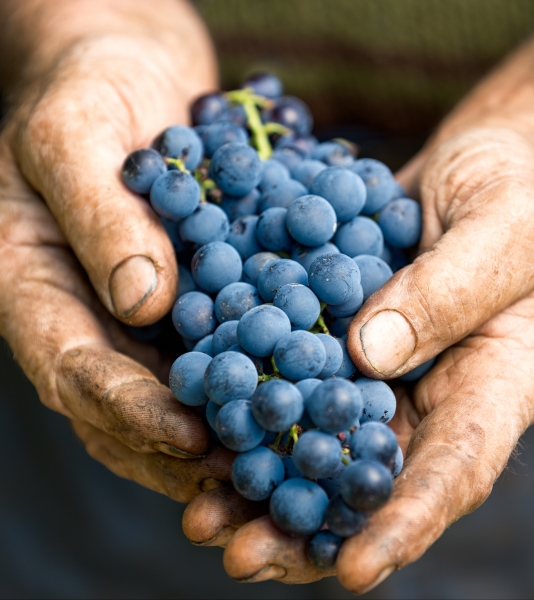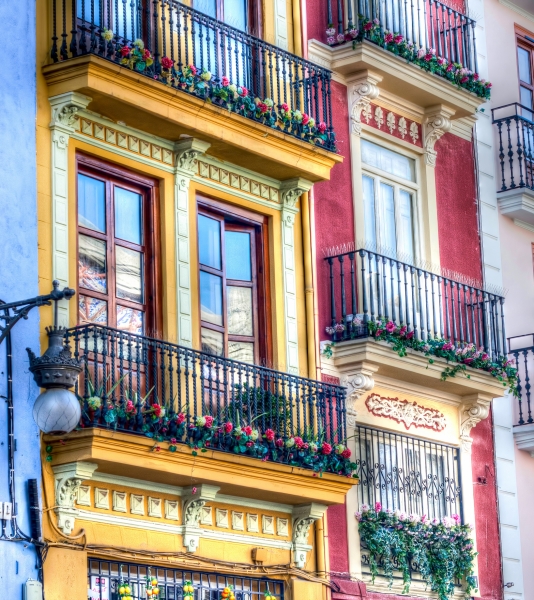Where to stay in the Canary Islands
We are facing a fascinating archipelago of seven islands and several islets, each with a unique personality in terms of landscape and biodiversity. However, beyond their natural differences, there is one distinctive feature that unites them and gives them an unmistakable identity: the Canarian people. Characterised by their warmth and overflowing joy, their welcome is so loving that they make us feel part of this land from the first moment we visit it.
The Canary Islands, located in the Atlantic Ocean west of the coast of Morocco, is a wonderful destination with a subtropical climate and pleasant temperatures. Their culture, architecture and cuisine reflect European, African and Latin American influences, giving them a unique richness and diversity.
Each island is a treasure in itself, with unique ecosystems, paradisiacal beaches and charming villages. Choosing which one to visit first becomes a dilemma that we will try to help by giving you the range of possibilities in our selection of the best boutique hotels in the Canary Islands. Starting with its most charming villages such as Garachico, Santa Cruz de la Palma, Teguise, with their oceanfront accommodations, elegant luxury hotels and unique rural houses.
The islands in the Canary Islands:
- Where to stay in
Tenerife
- Where to stay in
Lanzarote
- Where to stay in La
Palma
- Where to stay in Gran
Canaria
- Where to stay in La
Gomera
- Where to stay in
Fuerteventura
- Where to stay in El Hierro (new accommodations coming soon)
Where to stay in the Canaries: unique accommodation with character
Welcome to our unique selection of boutique hotels in the Canary Islands and romantic Canary Island hotels. Secretplaces selects only those truly special accommodations with character and soul. Whatever your reasons to travel to the Canary Islands be it a romantic getaway, the thrill of staying at a boutique hotel in the Canary Islands or small hotel, Secretplaces will you help find the perfect spot.
Visiting the Canary Islands: the eternal spring
The Canary Islands have many places of great tourist, cultural, artistic and ecological interest. Its volcanic remains are, without doubt, one of the mainstays of tourism in this region. Highlights include Pico del Teide in Tenerife, the firth largest volcano of Europe; the entire island of Lanzarote; and La Palma, where we find the most recently erupted volcano in the Canary Islands.
In the Canary Islands, the traveller discover beautiful natural landscapes such as the Costa Adeje and Costa Teguise; charming historic quarters in towns such as La Orotava, La Laguna, Santa Cruz de La Palma or Las Palmas de Gran Canaria; countless protected natural parks such as the Garajonay National Park, La Caldera de Taburiente, the Timanfaya National Park or the El Teide National Park; dream beaches such as Las Teresitas, las Canteras, Playa el Cofete, or Playas del Papagayo; and art and culture centres such as El Jardín del Cactus, the Monumento al Campesino Museum, the Castillo de la Fortaleza Museum, the Tenerife Auditorium or the Alfredo Kraus Auditorium.
Tenerife is the largest island of the archipelago and is full of must-see places, beaches, monuments, natural parks and theme parks. Gran Canaria is one of the most popular islands and stands out for its diversity of landscapes ranging from enormous sand dunes up to lush green valleys in the interior. Lanzarote offers undoubtedly the most distinct landscape in the region, an island full of beautiful volcanic scenery and beautiful beaches and villages. Fuerteventura boasts some of the best beaches in the Canary Islands even though the landscape looks more like a lunar landscape. La Palma has been declared a Biosphere Reserve because of its vast forests, making it the perfect destination for outdoor enthusiasts. La Gomera shows nature in its purest form with a natural park full of dwarf pines and El Hierro, despite being a small island, has very diverse landscapes and charming villages.
Activities: What to do in the Canary Islands?
We wouldn't know where to start, but the most obvious are the water sports. The beautiful beaches, coves and cliffs are perfect for snorkelling in crystal clear waters. You can also take a boat trip to see whales and dolphins in their natural habitat.
Hiking and visits to natural parks are possible on all the islands. Lanzarote and Fuerteventura are perfect for cycling. For golf lovers, there are several high quality golf courses in Tenerife, as well as in Gran Canaria and Lanzarote.
Don't miss the fiestas and cultural events. Each municipality has its own traditions and festivities, making each celebration unique. They range from pilgrimages and popular festivals to the famous Canarian carnival, considered one of the best in the world, with colourful parades, elaborate costumes and lively street parties.
And finally, we turn our heads to the sky, the conditions for stargazing are perfect, with dark, clear nights and clear skies making it a delight for astronomy enthusiasts.
Gastronomy of the Canary Islands
Simplicity is a hallmark of Canarian food. One of the key ingredients that can be found in many of its dishes is gofio: toasted wheat or maize grain, a fundamental part of breakfast in these lands and an accompaniment par excellence to the different island stews.
The same simplicity and exquisite flavour can be found in the mojos (or sauces), which accompany most meals. Mojo picón - with pepper, vinegar, olive oil, garlic, cumin, salt and paprika - and mojo verde - made from parsley and coriander, with a milder flavour - have reached the status of true institutions in the Canary Islands.
The Canary Islands, in the middle of the route to America, saw its cuisine enriched with products from there, such as tomatoes, bananas, potatoes and potatoes. The fish is also of high quality. The most outstanding are wreckfish, wreckfish, wahoo, sama, sea bass, sea bream, bream, bogue, mackerel and, above all, vieja (old mackerel). The fish is usually prepared in salt, on the back, or "jareados" (sun-dried and seasoned).
Seafood also enjoys a well-deserved reputation in the Canary Islands. The most typical are the grilled limpet, the burgado and the clam. In addition, the Canary Islands' climate is particularly favourable for the cultivation of tropical fruits such as bananas (the islands' most representative product), papaya, mango, avocado and pineapple.
Local confectionery includes the typical bienmesabes, made with honey and ground almonds; ñames (a local root); pasties stuffed with sweet potato, almonds and sultanas; Quesadillas from the island of Hierro; torta vilana from La Gomera; marzipan and almonds from Gran Canaria; and raspaduras from La Palma.
These islands are home to ten exquisite wine designations of origin: Abona, El Hierro, Lanzarote, La Palma, Tacoronte-Acentejo, Valle de Güimar, Valle de la Orotava, Icoden-Daute-Isora, Monte Lentiscal and Gran Canaria; and some of their own beverages, such as banana liqueur and rum-honey.
As nossas coleções
Não sabe para onde ir? Deixe nossas coleções te inspirarem.
















